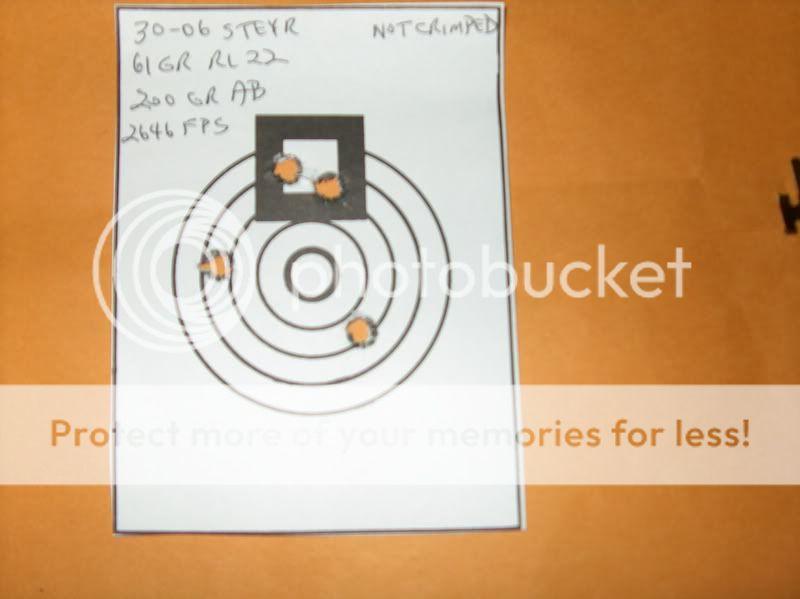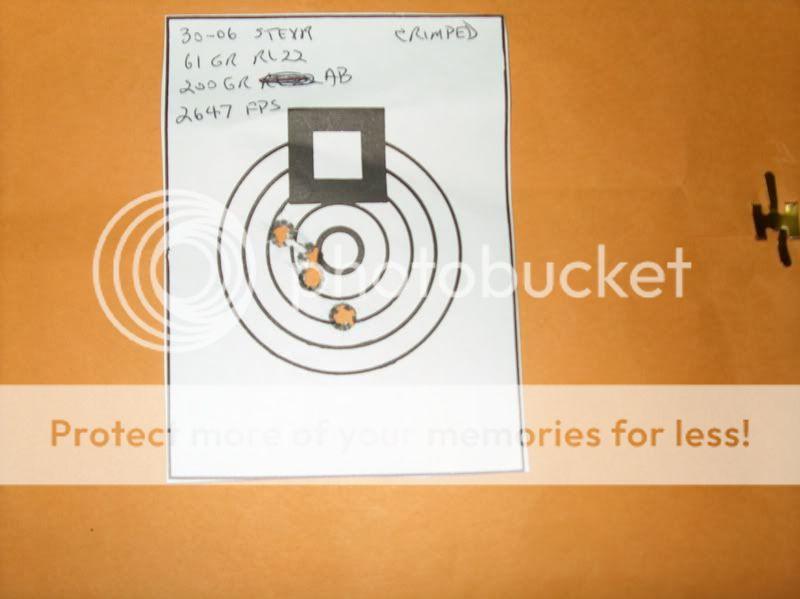I am about to buy some new dies and would like input on both dies and process. A lot of people like bumping the shoulders with a FL die and then using the Lee collet die for neck sizing. I've also noticed a lot of people argue that the bushing dies give you more ability to control neck tensions.
I'm loading a 7mm RM and would like your opinions please... I already have a RCBS comp set with an inline seater - so I'm asking specifically about the neck dies and process. All brass has been fire formed.
This will be used for long range hunting so the ability to take the ammo into the field and perform at it's best is obiously the goal. I am trying to lower my runout as much as possible.
Thanks in advance!
I'm loading a 7mm RM and would like your opinions please... I already have a RCBS comp set with an inline seater - so I'm asking specifically about the neck dies and process. All brass has been fire formed.
This will be used for long range hunting so the ability to take the ammo into the field and perform at it's best is obiously the goal. I am trying to lower my runout as much as possible.
Thanks in advance!


